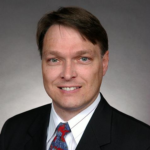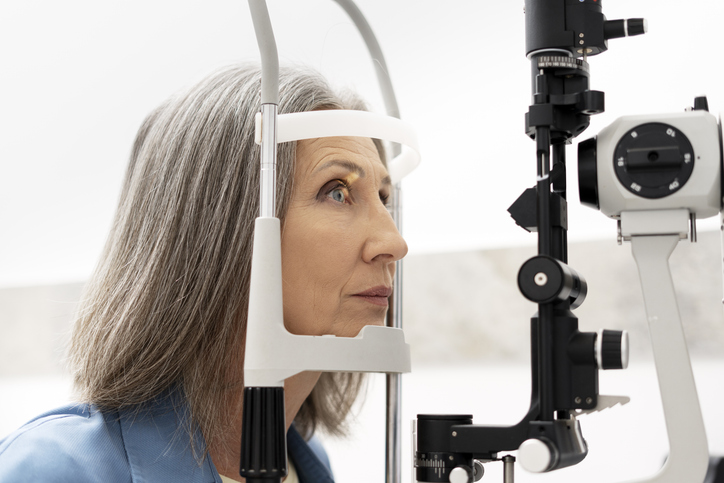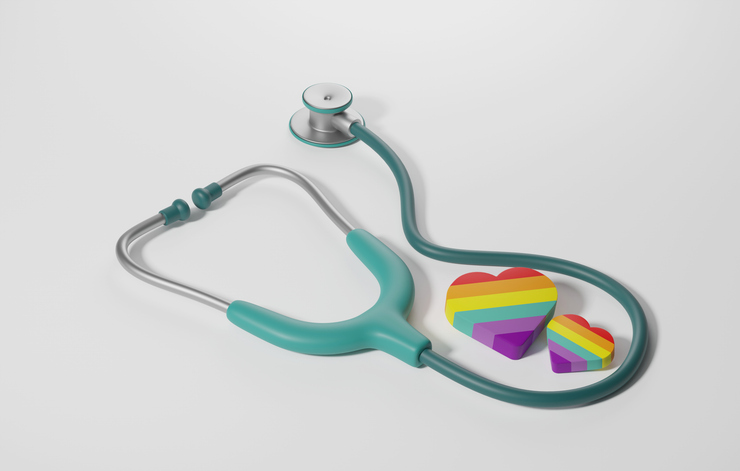Reports began circulating this July that Health and Human Services Secretary Robert F. Kennedy Jr. might fire all 16 members of the U.S. Preventive Services Task Force (USPSTF). (See related article, page 1).
The task force is an all-volunteer group of experts who make recommendations about which preventive services Americans should receive.
Preventive services—think immunizations, mammograms, colonoscopies—all have a rating: A, B, C, D, or I. You can view the recommendations on the USPSTF’s website. Services with recommendations of A and B are free under the Affordable Care Act.
‘Free’ Screenings
Recommendations of the preventive services task force are sometimes controversial. For instance, breast cancer screening is recommended every two years for women beginning at age 40 until they reach age 74. The recommendations originally began at age 45, but advocates for breast cancer awareness wanted the recommendations lowered to age 40. Any woman is free to ask her doctor to order a mammogram regardless of her age.
A radiology clinic can probably secure a physician’s order for any customer who wants one. A woman can get a mammogram for as low as $50 a screening.
The point is this: without an official recommendation, women under age 45 would have to pay out of pocket. Lowering the age boosts access to free mammograms—paid by health plans. Lowering the age seems harmless, but the cost per life year saved by screening women age 40 to 44 is astronomical.
Costs, Benefits
A February 17, 2025, article published in PubMed Central stated it takes a lot of mammograms to find cancer, especially among younger women, which raises the question of whether the additional mammograms are worth the cost.
The likelihood of a breast cancer diagnosis is not equal across all ages. I do not have the figures available, but the cost to find cancer among women 40-44 years old would be many times the figures for 60-64-year-old women. The task force considers the marginal cost for finding or preventing diseases to make recommendations.
There is usually a threshold for cost per life year saved (often referred to as quality-adjusted life year) that determines the age cutoff or which services are recommended. Screening for breast cancer in women aged 40-44 probably did not meet the threshold—but breast cancer awareness advocates are a powerful group.
Pricey Agenda
Why would the HHS Secretary want to replace all 16 members of the task force? Prevention is an area of public health, a notoriously left-leaning area of medicine. Kennedy has complained the task force is too “woke,” pursuing a left-wing ideology.
It could be that Kennedy believes there is no guardrail on cost when services are mandated. For example, pre-exposure prophylaxis (PrEP) Truvada is a medication sexually promiscuous gay men take daily to prevent HIV. Prices vary, but the drug can be expensive in some cases—up to $24,000 a year for the brand-name drug. Health insurance often must cover these drugs, although I could not find it on the task force’s A and B lists.
Kennedy is also a vaccine skeptic. The USPSTF is composed of experts in the field. Experts who specialize in a particular field, such as vaccinations, are often compensated by vaccine makers as consultants or have research grants in their field of expertise. The people who know the most about vaccines are proponents of vaccines to a degree greater than Kennedy thinks is appropriate. These conflicts of interest are difficult to overcome.
Appointment Showdown
The composition of the U.S. Preventive Services Task Force is an interesting dilemma. Current members undoubtedly have priorities the administration does not support. Yet finding new members the public health community respects could also pose a challenge. In any case, a review of what preventive services qualify as public health is a question worth asking.
Devon Herrick ([email protected]) is a health care economist and policy advisor to The Heartland Institute. A version of this article appeared on the Goodman Institute Health Blog. Reprinted with permission.




